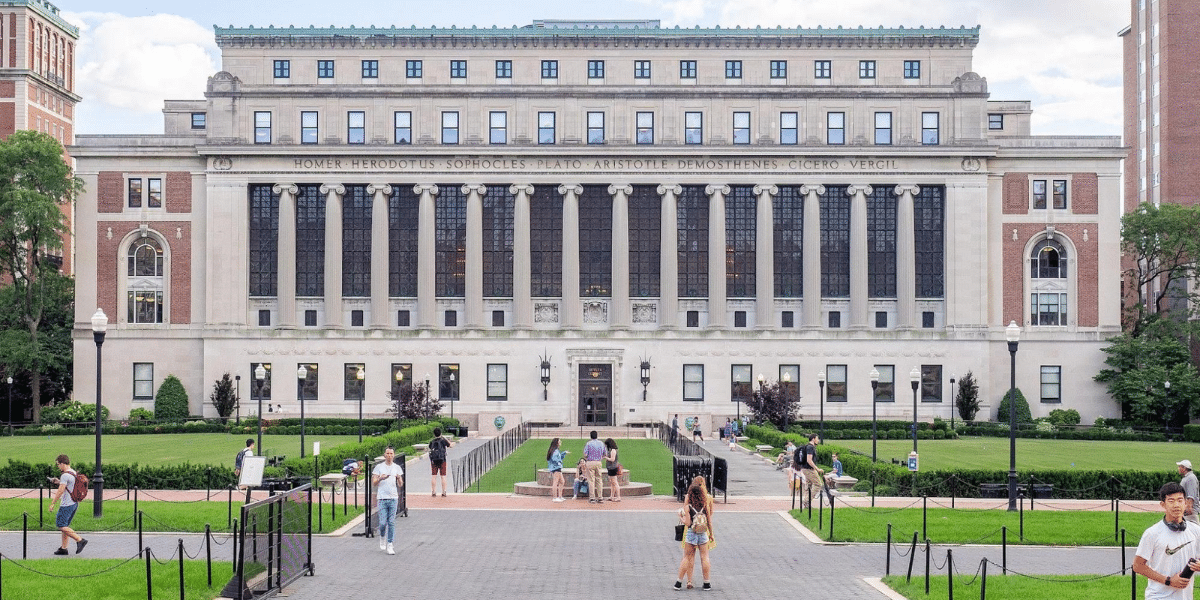In the ever-evolving landscape of technology, artificial intelligence (AI) stands as a transformative force, reshaping industries and driving innovation. However, as the demand for AI applications continues to surge, there is a growing concern – a shortage of skilled AI professionals. This article delves into the critical issue of AI talent scarcity, exploring the challenges faced by industries and proposing strategies to bridge the gap and cultivate the next generation of AI professionals.
Current Landscape of AI Talent
The demand for AI professionals has reached unprecedented levels, fueled by the integration of AI into diverse sectors such as healthcare, finance, and manufacturing. Organizations are increasingly recognizing the transformative potential of AI to enhance decision-making, automate processes, and drive efficiency. However, this surge in demand has outpaced the supply of skilled AI practitioners, creating a significant talent gap that poses challenges for industries worldwide.
The multifaceted nature of AI requires professionals with a unique skill set. From proficiency in programming languages like Python and R to a deep understanding of machine learning algorithms and data analytics, the ideal AI professional must possess a diverse array of skills. The continuous evolution of AI technologies also demands adaptability and a commitment to ongoing learning.
The scarcity of AI talent presents substantial challenges for organizations striving to remain competitive in the digital age. Companies find themselves in fierce competition for a limited pool of qualified professionals, leading to increased hiring costs and, in some cases, compromising on the quality of talent. Moreover, the talent shortage hampers the pace of AI implementation, hindering organizations from fully leveraging the potential benefits of these technologies.
Strategies to Address AI Talent Scarcity
Addressing AI talent scarcity begins with a fundamental transformation of education systems. Traditional curricula must be updated to incorporate AI-related courses and practical, hands-on experiences. Collaborations between educational institutions and industry leaders can ensure that academic programs align with the evolving needs of the job market.
A symbiotic relationship between industries and academia is crucial for cultivating a pool of skilled AI professionals. Establishing partnerships allows for the exchange of knowledge, real-world insights, and collaborative research initiatives. This collaboration not only benefits students by providing practical exposure but also enables organizations to shape the development of future talent according to industry demands.
Recognizing the shortage of experienced AI professionals, organizations are investing in upskilling and reskilling programs for their existing workforce. These initiatives empower employees with foundational AI knowledge and bridge the gap between traditional roles and the evolving requirements of AI-centric positions. This proactive approach not only addresses immediate talent needs but also fosters a culture of continuous learning within organizations.
Promoting diversity and inclusion is not just a societal imperative but also a strategic approach to addressing AI talent scarcity. A diverse workforce brings a variety of perspectives and ideas, enhancing creativity and problem-solving in AI development. Initiatives to encourage underrepresented groups, including women and minorities, to pursue AI careers contribute to a richer and more inclusive talent pool.
Creating Future AI Professionals
To ensure a sustainable pipeline of AI talent, efforts must begin at the grassroots level. Introducing AI concepts in school curricula fosters interest and curiosity from a young age. Educational programs, workshops, and competitions can spark the imaginations of students and inspire them to pursue careers in AI.
The democratization of education through online platforms and Massive Open Online Courses (MOOCs) plays a pivotal role in making AI education accessible to a global audience. These platforms offer flexibility, allowing individuals to learn at their own pace and convenience. The integration of practical projects and industry-relevant content enhances the effectiveness of online learning in preparing individuals for AI roles. Mentorship programs play a vital role in shaping future AI professionals. Seasoned AI experts can guide aspiring professionals, providing insights, advice, and real-world experiences. Establishing structured mentorship programs within organizations and across academic institutions creates a supportive environment for skill development and knowledge transfer.
In conclusion, addressing the challenge of AI talent scarcity requires a concerted effort from educational institutions, industries, and policymakers. By reimagining education systems, fostering collaboration between academia and industry, and embracing diversity and inclusion, we can bridge the gap and nurture a diverse, skilled workforce ready to meet the demands of the AI-driven future. The proactive adoption of strategies to upskill existing professionals and inspire the next generation ensures that the benefits of AI are harnessed to their fullest potential, driving innovation and sustainable growth across industries.

Photo Credit: Bharath
About the Author:
Bharath Kumar, a native of Coimbatore, Tamil Nadu, is an accomplished engineer with a distinguished career spanning 12 years in the dynamic field of Artificial Intelligence (AI). Born and raised in the culturally rich region of Coimbatore, Bharath has consistently demonstrated his commitment to excellence and innovation.
Bharath commenced his academic journey by earning a Bachelor’s degree in Engineering from Bharathiar University in Coimbatore. His solid foundation in engineering laid the groundwork for a successful career in the ever-evolving landscape of technology. Driven by a passion for technology and a desire to bridge the gap between business and IT, Bharath pursued a Master of Business Administration in Information Technology (MBA IT) in London, United Kingdom. This international exposure provided him with a global perspective on the intricacies of technology management.
Beyond his professional commitments, Bharath remains engaged in the broader AI community, staying abreast of the latest advancements and contributing his insights to the field. His journey from Coimbatore to London and now the United States showcases not only his academic and professional achievements but also his adaptability and global mindset. As Bharath continues to make strides in the AI landscape, his story serves as an inspiration for aspiring engineers and technologists. His commitment to continuous learning, research, and global collaboration exemplifies the qualities necessary to thrive in the rapidly evolving field of Artificial Intelligence.







